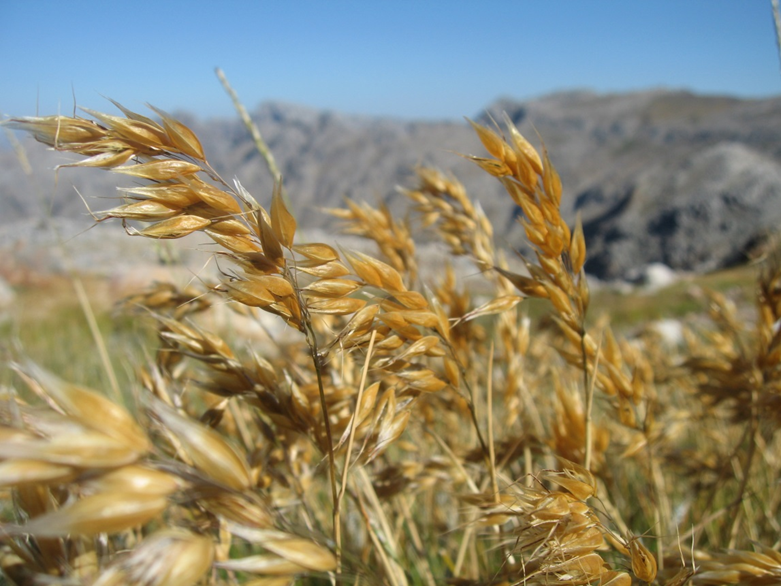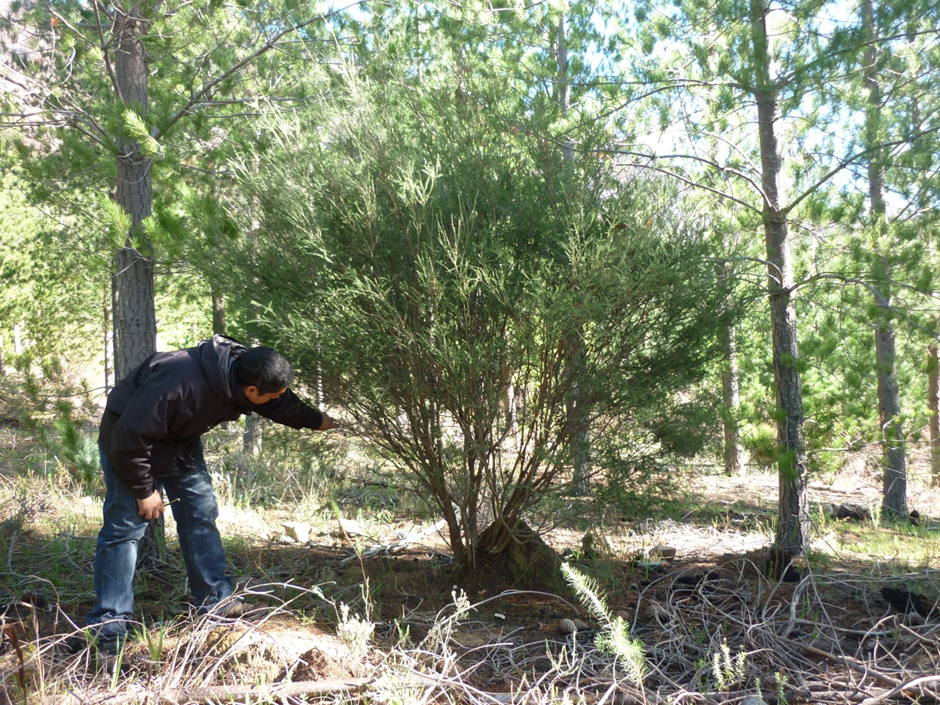Drivers of global change: interactions of invasive species and habitat loss
Global biodiversity is declining at an alarming rate. Causes of these declines include the destruction of natural habitats as a result of human development, and the introduction of non-native species.





